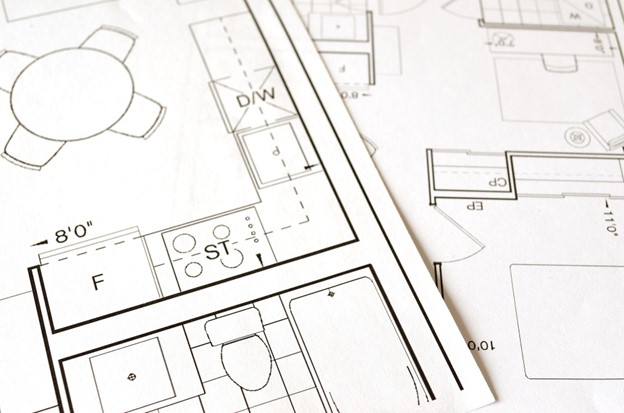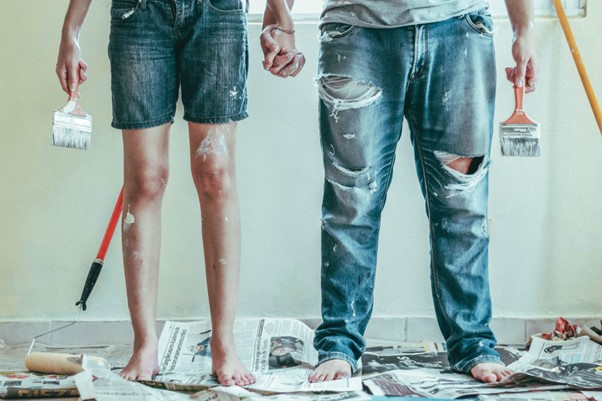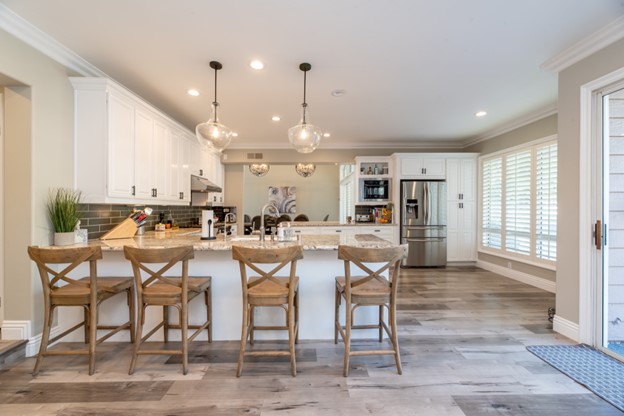Two focuses of my blog are Home/Living Discussions and Home/Property Discussions. Once you purchase your home, you want to love it and make it yours. The following contributed post is entitled, How To Love Your Home.
* * *
Not in love with your home? Then something is wrong. It takes a considerable amount of time, energy, and money to buy a property, and, as such, it’s reasonable to have high expectations of what you’ll get from it. Nobody should take the long journey towards becoming a homeowner, only to end up merely liking their house. And if they actively dislike it? Then that’s another level altogether.
If you don’t currently love your property, then fear not. There are things you can do that’ll help to push your feelings in the right direction, as we’ll see below.

Make it Homey
You won’t love your home if it feels like it’s a stranger’s house. One of the joys of having your own home is that you get to put your own stamp on things, and in the process, you’ll feel more at ease. It’ll feel like your own little corner of the planet, which is exactly what it should feel like. Some simple ways to increase the coziness levels of your property include investing in your bedroom to make it extra comfortable, hanging personal memories on the wall, and getting the perfect living room setup.
Touches of Joy
Love is a feeling, but it’s also an activity. If you love what you do, see, and feel in your house, then you’ll love being there — it’s as simple as that. So look at adding some touches of joy to your property. There’s no shortage of things you can do. You can take the time to put together an awesome backyard, one that allows you to sink into many hours of relaxation and fun with your loved ones. Or you could create a special room in the house where you engage in your favorite hobbies. It’ll look different for every person. Figure out what would bring some joy into your house, and make it happen.
Handle Issues Immediately
You might broadly like your home, but if it has too many issues and problems, then it won’t be long before you begin to think slightly differently about your home. No one likes to live in a house that has a long list of minor or major issues. The way to prevent this is to handle issues as soon as possible. For example, if you notice a leak, even a small one, call the plumbers immediately; if you don’t, then you’ll only have to deal with a more serious issue further down the line. Also, while there are some DIY tasks you can handle yourself, remember that in many cases, it’s best to leave the work to the experts.
Get To Know Your Neighbors
Finally, remember that you’ll like living in your home much more if you have a sense of community. This sometimes happens on its own, but in most cases, you need to make it happen. So, get to know your neighbors! Having the ability to say hi to people who live near you may sound small, but it makes a big difference.












